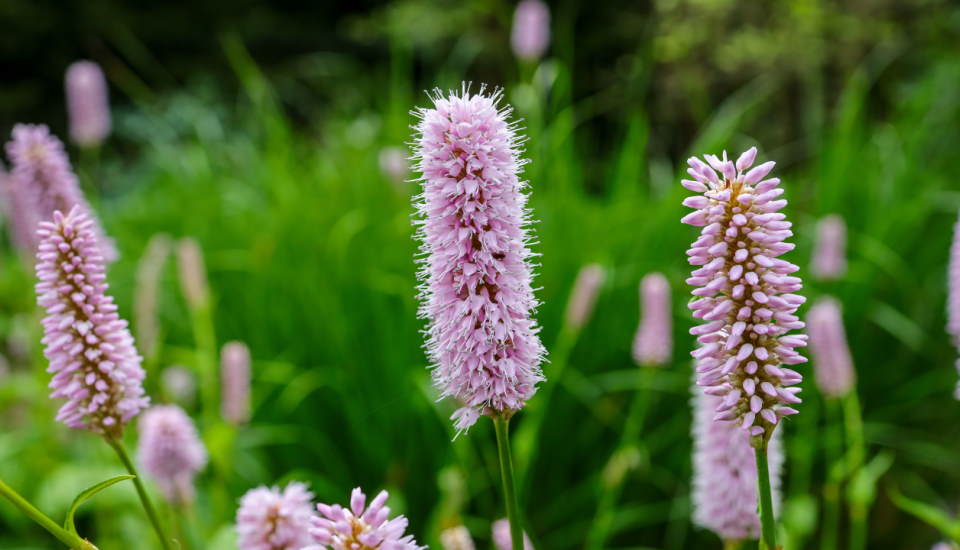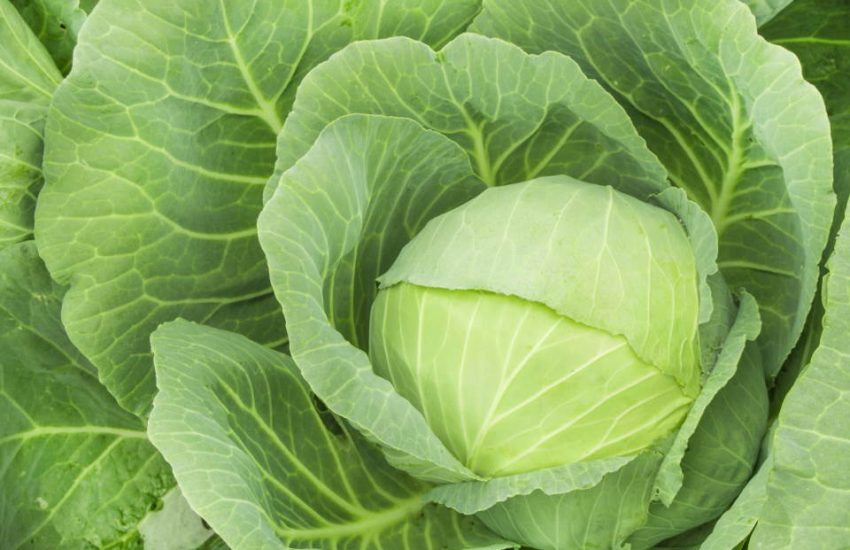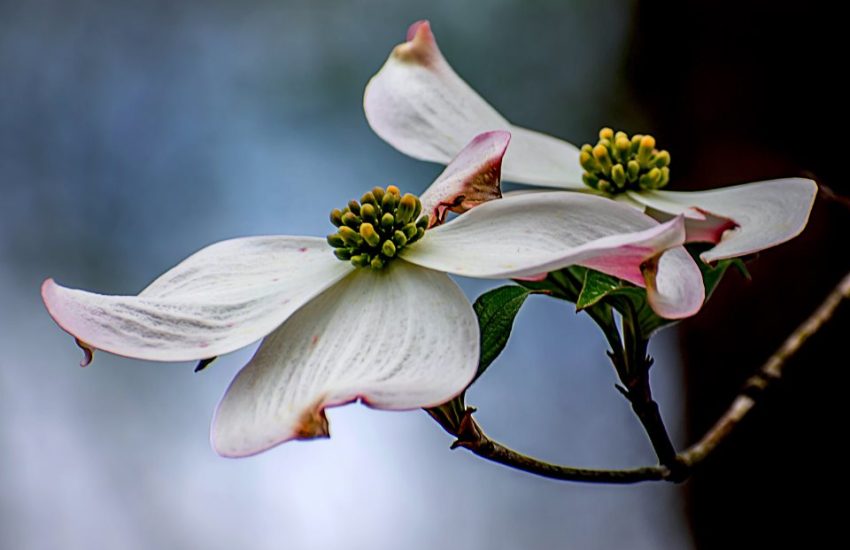European Bistort (Bistorta Officinalis): How to Grow & Care
Bistorta Officinalis, or European Bistort, is a densely flowered perennial with erect spikes of delicate pink flowers poised above the brilliant green foliage.
It is commonly planted as a decorative garden plant on the edges of ponds or bog gardens since it prefers moist soils. Flowers require little maintenance and can be deadheaded once they have faded to improve the plant’s appearance and prevent it from self-seeding.
European Bistorts, which is native to Europe, Northern Asia, and Western Asia, was previously categorized as belonging to the Polygonum or Persicaria genera, but it is now recognized as belonging to the Bistorta genus. The twisted nature of its root gave it its name.
Growing and Caring European Bistort (Bistorta Officinalis) Flowers
European Bistorts are low-maintenance plants that can be planted in full sun or moderate shade, with the exception of hot summer regions, where they should be grown in partial shade only.
USDA plant hardiness zones 4 through 9 are good for cultivating Bistort. In most locations, it thrives in partial shade or full sunlight, but in hot climes, shade is favored. Moisture-rich, well-drained soil is ideal. Before planting, amend the soil with plenty of compost.
After all risk of frost has gone in late winter or early spring, propagate bistort by sowing seeds or bulbils directly in the garden. Seeds can also be started a few weeks in advance. Bistort can also be propagated by dividing mature plants in the early spring or autumn.
Knotweed should be sown in reasonably rich, moist yet well-drained soil.
Water thoroughly and frequently! A lack of water or a poor flower display will result in a poor floral show.
European Bistort plant maintenance is straightforward, and the plants don’t require much attention. Make sure to give bistort plenty of water and don’t let the soil dry out. Remove wilted flowers on a regular basis to keep the season flourishing. You can make flowers out of bistort as frequently as you want.
Propagating European Bistort Plants (Bistorta Officinalis) and Growing & Caring them from Seed

In the early spring or late fall, established clumps of Knotweed can be readily separated for propagation or to control growth.
After all risk of frost has gone, seeds can be sown directly in the garden in late summer or early spring.
Early in the spring, sow seeds indoors on a wet growing medium, slightly covering them with fine soil.
Throughout the procedure, keep the growth mix consistently moist.
Maintain a 65°-75° temperature in the growing medium until germination occurs, which usually takes 3-4 weeks
Conclusion
European Bistort plants (Bistorta Officinalis) are beautiful garden plants with stunning appearance. They’ll add a unique touch to your garden. The best aspect is that they don’t require much attention, so you don’t have to be a pro to grow them. They’re rather simple to care for. However, they do require some sunlight. You can grow your own Bistort Plant with proper care!
You may also be interested in:
Bugleherb (Ajuga reptans) : How to Grow & Care


